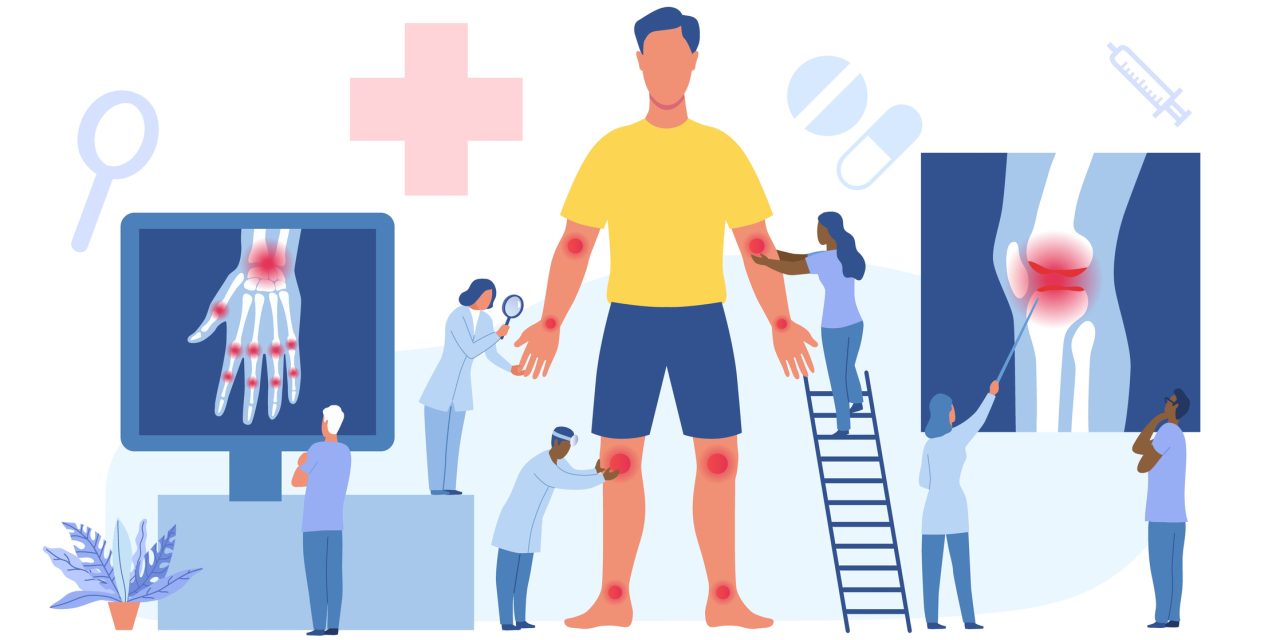The objectives of this study were to evaluate the effects of an ultrasound (US)-guided percutaneous neuromodulation (PNM) intervention on the sciatic nerve, regarding pain, hip range of motion (ROM), balance, and functionality in patients with chronic low back pain (LBP); and to determine the optimal anatomical location of sciatic nerve stimulation to obtain therapeutic benefits in such patients.
Thirty patients with chronic LBP were recruited and divided randomly into three groups. All patients received a single percutaneous electrical stimulation intervention on the sciatic nerve, with a different anatomical application location for each group (proximal, middle, and distal). Level of pain, hip passive ROM, dynamic balance, and Oswestry disability index were analyzed. All variables were calculated before the intervention, immediately postintervention, 48 hours and one week after the intervention, except the LBP questionnaire (before, and 48 hours and one week after the intervention).
All interventions decreased the level of pain and increased the ROM, balance, and functionality. Besides, these therapeutic effects were maintained during one week, regardless of the anatomical location of application.
The choice of an anatomical location of application of the US-guided PNM on the sciatic nerve by the physiotherapist does not influence the improvement of pain, ROM, balance, and function in patients with chronic LBP.
© 2021 International Neuromodulation Society.
Correct Sciatic Nerve Management to Apply Ultrasound-Guided Percutaneous Neuromodulation in Patients With Chronic Low Back Pain: A Pilot Study.


